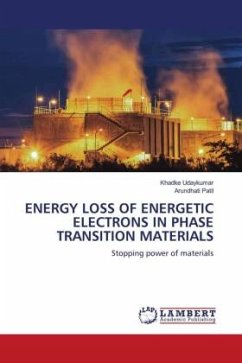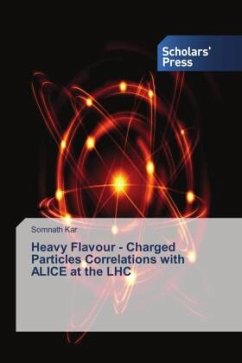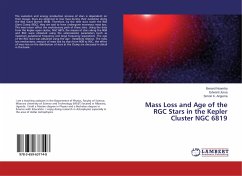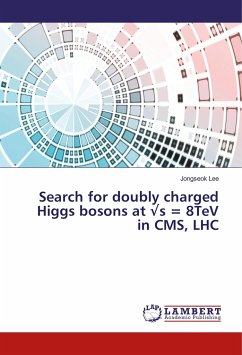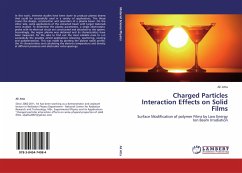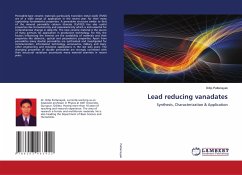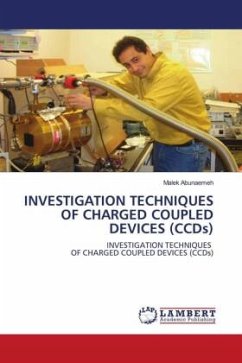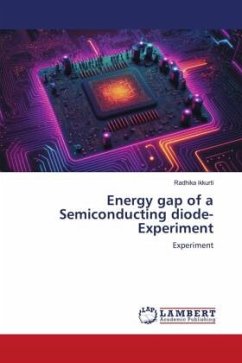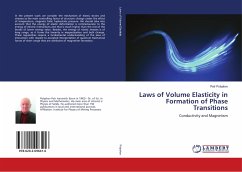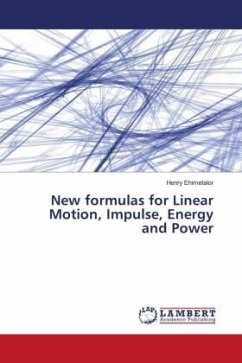
Energy Loss of Charged Particles in Phase Transition Material
Insights into Particle Energy Loss during Phase Transitions
Versandkostenfrei!
Versandfertig in 6-10 Tagen
56,99 €
inkl. MwSt.

PAYBACK Punkte
28 °P sammeln!
Interest in experimental and theoretical studies of particle stopping power and range in ferroelectric materials has surged, yet few investigations delve into charged particle interaction with these mediums, particularly near phase transition temperatures. This knowledge gap motivated the present study, guiding its objectives and methodology. Our aim is to gather extensive experimental data on charged particle interaction with ferroelectric, ferromagnetic, and polymer mediums, utilizing Python programming and simulation tools like SRIM, PSTAR, and ASTAR. We seek to qualitatively model charged ...
Interest in experimental and theoretical studies of particle stopping power and range in ferroelectric materials has surged, yet few investigations delve into charged particle interaction with these mediums, particularly near phase transition temperatures. This knowledge gap motivated the present study, guiding its objectives and methodology. Our aim is to gather extensive experimental data on charged particle interaction with ferroelectric, ferromagnetic, and polymer mediums, utilizing Python programming and simulation tools like SRIM, PSTAR, and ASTAR. We seek to qualitatively model charged particle transmission through ferroelectrics, analyzing energy loss of protons, electrons, and alpha particles to unveil range-dependent effects and the influence of unit cell dipole moment and dielectric polarization mechanisms. Exploring ferromagnetic phase transitions' impact on energy loss complements our study. Theoretical explanations for charged particle energy loss in phase transition materials, discussed across seven chapters, contribute significantly to understanding energy loss in condensed media and its applications in radiation shielding and memory devices.





